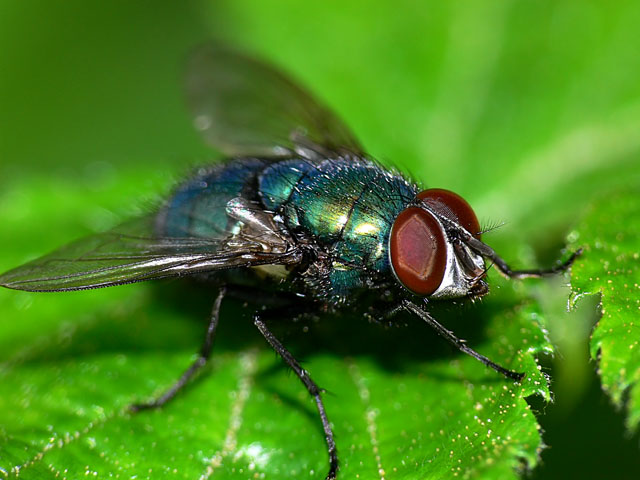Calliphoridae

The Calliphoridae are a large and widespread family of flies, commonly known as blowflies, carrion flies, greenbottles, bluebottles, and cluster flies. There are over 1,100 known species worldwide, and many are familiar insects often seen buzzing around gardens, fields, and urban areas.
Blowflies are typically metallic in colour, with shiny blue, green, or bronze bodies that make them easy to recognize. They are among the first insects to arrive at dead animals or decaying matter, where they lay their eggs. The larvae (maggots) feed on carrion, dung, or other organic waste, helping to recycle nutrients and clean up the environment.
Some species are also known for their importance in forensic science, as the development stages of their larvae can help determine the time of death in criminal investigations. Others play a role in medicine, for example, certain blowfly larvae are used in maggot therapy to clean wounds by consuming dead tissue while leaving healthy tissue untouched.
In everyday life, the most familiar blowflies in the UK include the Greenbottle (Lucilia sericata), the Bluebottle (Calliphora vomitoria), and the Cluster Fly (Pollenia rudis), which sometimes gathers in large numbers in buildings during autumn and winter.
Although they can be unwelcome indoors, blowflies are an essential part of natural ecosystems, breaking down waste and contributing to the balance of life and decay in nature.
Blowflies are vital decomposers, breaking down carcasses and waste material. They provide food for birds, spiders, and predatory beetles. While adults may be attracted to rotting material, they also pollinate flowers, particularly those with strong odours.


